In the complex world of evolutionary adaptations, mimicry stands as one of nature’s most fascinating strategies. Among reptiles, the phenomenon of non-venomous snakes evolving to resemble their more dangerous counterparts represents a remarkable example of this evolutionary chess game. These harmless imposters have developed striking similarities to venomous species in appearance, behavior, and even movement patterns, creating convincing disguises that fool potential predators. This sophisticated deception mechanism, developed over millennia, provides significant survival advantages while requiring no actual venom production. Let’s explore the fascinating world of ophidian mimicry and understand why and how these remarkable creatures have evolved to become nature’s master illusionists.
The Evolutionary Advantage of Mimicry

Mimicry in snakes represents a prime example of natural selection favoring individuals that can avoid predation without the metabolic cost of producing venom. For non-venomous species, resembling a dangerous counterpart creates an effective deterrent against potential predators who have learned to avoid venomous species through painful experiences or instinctual recognition. This adaptation, known as Batesian mimicry, allows the harmless mimic to “borrow” the fearsome reputation of the model species without investing energy in developing actual defensive toxins. Research has demonstrated that predators attack mimics significantly less frequently than non-mimicking species, providing clear evidence of the survival advantage this deception confers. The remarkable precision of these mimetic adaptations highlights the powerful role of predator-driven selection pressure in shaping snake evolution over millions of years.
Famous Examples of Snake Mimicry

Perhaps the most well-known example of snake mimicry occurs in the Americas, where several harmless kingsnakes (Lampropeltis species) have evolved to closely resemble the venomous coral snake with its distinctive red, black, and yellow banding pattern. In Africa, the harmless natal grass snake (Psammophis natalensis) bears a striking resemblance to the highly dangerous black mamba in both coloration and body shape. Southeast Asia provides another excellent example with the Malayan bridle snake, which mimics the banded krait’s distinctive black and white pattern so effectively that even experienced herpetologists must look closely to distinguish them. The scarlet kingsnake of North America has evolved such a precise coral snake mimicry that it led to the well-known rhyme “red touch yellow, kill a fellow; red touch black, venom lack” to help people distinguish between the harmless mimic and its deadly model. These examples represent just a small fraction of the numerous mimicry relationships documented across different snake families worldwide.
Visual Mimicry Strategies

Non-venomous snakes employ several visual strategies to create convincing venomous impressions. Coloration represents the most obvious mimetic feature, with harmless species evolving pigmentation patterns that closely match local venomous species, often including warning colors like bright reds, yellows, and contrasting bands or spots. Body shape adaptations also play a crucial role, with some mimics developing triangular heads resembling the venom-gland-containing heads of vipers, despite having no physiological need for such a shape. Scale patterns can further enhance the deception, with some species evolving textured scales that create a visual impression of the keeled scales common in venomous species. The degree of visual mimicry precision often correlates with geographical overlap between mimic and model species, demonstrating the fine-tuned nature of this evolutionary adaptation to local predator learning experiences.
Behavioral Mimicry Tactics

Beyond physical appearance, many non-venomous mimics have evolved behavioral patterns that enhance their venomous disguise. When threatened, these harmless imposters may flatten their heads to create a more triangular, viper-like shape, despite lacking venom glands that would normally create this head structure. Some mimics perform convincing threat displays including tail vibrations against leaves to simulate a rattlesnake’s warning, despite having no rattle. The false cobra (Rhinkals) famously flattens its neck into a hood when threatened, creating a convincing cobra impression while being completely harmless. Eastern hognose snakes take behavioral mimicry to remarkable extremes, performing elaborate threat displays with flattened necks, loud hissing, mock strikes, and even playing dead as a last resort – all behaviors designed to convince predators they’re dealing with a dangerous venomous species.
The Role of Geography in Mimicry Development

The development of mimicry systems shows strong geographical correlation, with the most precise mimics generally evolving in regions where they share habitat with their venomous models. This pattern makes evolutionary sense, as predators in these areas have had opportunities to learn to avoid the dangerous model species, creating the selective pressure necessary for mimicry to evolve. Research examining the geographical distribution of coral snake mimics in North America clearly demonstrates this principle, with mimicry precision decreasing in regions where coral snakes become rare or absent. In zones of overlap, selection favors individuals with the closest resemblance to the venomous model, while in areas without the model species, mimicry either fails to develop or remains imprecise. This geographical pattern provides compelling evidence that predator learning experiences drive the evolution of these sophisticated deception systems across snake populations.
Imperfect Mimicry: When “Close Enough” Works

Interestingly, not all mimicry systems display perfect resemblance between model and mimic, raising questions about why natural selection hasn’t perfected these disguises. Research suggests several explanations for this phenomenon of imperfect mimicry. In some cases, predators may generalize their avoidance response, making perfect mimicry unnecessary as long as the basic pattern triggers recognition. Developmental or genetic constraints might limit how precisely some species can mimic others due to fundamental differences in their body structure or coloration capabilities. Some imperfect mimics may be in evolutionary transition, with selection still actively refining their resemblance to the model species. Additionally, the costs of developing perfect mimicry might outweigh the benefits in certain ecological contexts, especially if predation pressure varies seasonally or geographically, creating a balance point where “good enough” mimicry provides sufficient survival advantage without requiring perfect replication.
The Metabolic Cost of Venom Versus Mimicry

From an evolutionary perspective, the cost-benefit analysis between producing actual venom versus evolving mimicry reveals why mimicry presents an attractive alternative. Venom production requires specialized gland tissues, complex protein synthesis, and significant metabolic resources that must be continuously maintained throughout the snake’s life. Research has demonstrated that venom production can consume up to 20% of a venomous snake’s resting metabolic energy, representing a substantial ongoing biological investment. In contrast, mimicry primarily involves one-time developmental changes to coloration, pattern, and basic behavior, without the recurring energy expenditure of toxin production. This energy efficiency makes mimicry particularly advantageous in resource-limited environments where the metabolic savings can be redirected toward growth, reproduction, or other survival needs. The success of mimicry as an alternative defense strategy highlights how natural selection often favors energy-efficient solutions to survival challenges.
Predator Intelligence and Mimicry Effectiveness

The effectiveness of snake mimicry depends heavily on the cognitive abilities of local predators and their capacity to learn from experience. Birds represent one of the most significant predator groups driving mimicry evolution due to their excellent color vision and demonstrated ability to remember negative experiences with venomous species. Research has shown that naive predators must typically have at least one direct experience with a venomous model before they learn to avoid both the model and its mimics, creating what ecologists call “educated predators” necessary for mimicry systems to function. Experiments demonstrate that experienced predators generalize their avoidance based on key visual features rather than perfect pattern matching, which helps explain why imperfect mimicry can still provide protection. The geographical distribution of highly accurate mimics correlates strongly with areas having the highest diversity of visually-oriented predators, further supporting the critical role of predator learning in shaping these evolutionary adaptations.
Mimicry Among Juveniles

A fascinating aspect of snake mimicry involves species where only juveniles display mimetic patterns that fade or transform as they mature. This age-specific mimicry directly correlates with vulnerability – young snakes face much higher predation rates due to their smaller size and inexperience, making defensive adaptations particularly valuable during this life stage. The juvenile eastern ratsnake (Pantherophis alleghaniensis) provides an excellent example, bearing blotched patterns resembling venomous copperheads when young, before developing a completely different adult coloration as they grow large enough to deter many predators without mimicry. Similarly, juvenile racers often display patterns reminiscent of venomous species that fade to solid coloration in adulthood. This developmental shift in defensive strategy demonstrates the precision with which natural selection can target protection to specific life stages when they most need it, optimizing the cost-benefit balance of mimicry across the organism’s lifetime.
Coral Snake Mimicry: A Special Case

The mimicry system between coral snakes and their harmless lookalikes represents one of the most extensively studied examples of this evolutionary phenomenon. True coral snakes possess extremely potent neurotoxic venom and advertise their danger through bright warning coloration featuring red, black, and yellow/white bands. Across the Americas, numerous non-venomous species have evolved remarkably similar color patterns, including scarlet kingsnakes, milk snakes, and false coral snakes. Research has definitively demonstrated that these mimics gain significant protection from predators that have learned to avoid the genuine coral snakes. Experiments with captive birds show they instinctively avoid both real coral snakes and their mimics, but only after having at least one negative experience with a real coral snake, confirming the Batesian mimicry relationship. The precision of this mimicry system varies geographically, with the most accurate mimics found in regions with abundant coral snake populations, providing compelling evidence for the predator-driven selective pressures shaping these evolutionary adaptations.
Convergent Evolution in Snake Mimicry

The phenomenon of snake mimicry provides striking examples of convergent evolution, where unrelated species independently evolve similar traits in response to comparable selective pressures. Across different continents and snake families, similar mimicry patterns have evolved multiple times without shared ancestry, demonstrating how natural selection can produce remarkably similar solutions to common survival challenges. For instance, the ringed pattern mimicking coral snakes has evolved independently in multiple snake lineages across the Americas, while cobra-mimicking hood displays have developed in unrelated species across Africa and Asia. Genetic studies confirm these similarities represent true convergent evolution rather than common ancestry, with different genetic pathways producing visually similar results. This repeated independent evolution of mimicry across the snake family tree provides compelling evidence for the strong selective advantage these deceptive adaptations confer, sufficient to repeatedly overcome the random nature of genetic mutation to produce similar outcomes in distantly related lineages.
Human Implications and Conservation Concerns

Snake mimicry systems create significant implications for human-snake interactions, particularly regarding public safety and conservation efforts. The visual similarity between harmless mimics and their dangerous models frequently leads to unnecessary killing of beneficial non-venomous species mistaken for their venomous lookalikes. Conservation biologists have documented substantial population declines in harmless mimics due to human persecution, creating the ironic situation where a survival adaptation that evolved to deter natural predators becomes disadvantageous when facing human “predators.” Educational efforts using simple rhymes like “red touches yellow, kills a fellow” have attempted to help people distinguish between mimics and models, though these generalizations don’t apply universally across different geographical regions. The persecution of mimics highlights the importance of public education about snake identification and the ecological value of all snake species, regardless of their venomous status. Conservation programs increasingly emphasize that even perfect mimics of dangerous species deserve protection rather than destruction, as they pose no actual threat to human safety.
The Future of Mimicry in a Changing World

As ecosystems face unprecedented rates of change due to human activities, snake mimicry systems face new evolutionary pressures that may alter their effectiveness and development. Habitat fragmentation increasingly separates mimics from their model species, potentially reducing the selective advantage of mimicry where predators no longer encounter the venomous models. Climate change may shift the geographical ranges of models and mimics at different rates, potentially creating “mimicry mismatch” in some regions while creating new overlap in others. Human-driven declines in venomous snake populations could reduce the frequency of negative predator experiences that reinforce avoidance learning, potentially weakening the protective value of mimicry. Research on mimicry dynamics in disturbed habitats suggests these systems may undergo rapid evolutionary changes in response to these new pressures, potentially leading to either strengthened mimicry where selection pressure increases or mimicry breakdown where the cost-benefit balance shifts. Understanding these dynamics will be crucial for predicting how these intricate evolutionary relationships will respond to anthropogenic pressures in coming decades.
In the remarkable story of snake mimicry, we witness the incredible power of natural selection to craft sophisticated deception systems that blur the line between dangerous and harmless. These evolutionary adaptations reveal nature’s elegant solution to the challenge of survival without the metabolic cost of venom production. As research continues to unravel the genetic, ecological, and behavioral mechanisms behind these mimicry systems, we gain deeper insight into the evolutionary forces that have shaped biodiversity across millions of years. The next time you encounter a brightly colored or distinctively patterned snake, remember you might be witnessing one of nature’s most successful evolutionary bluffs – a harmless imposter that has mastered the art of appearing dangerous to ensure its survival in a world full of predators.

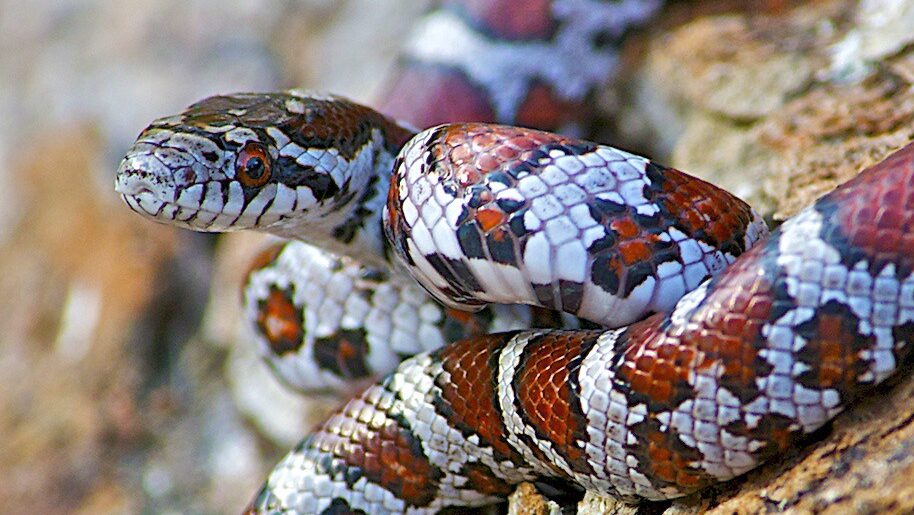

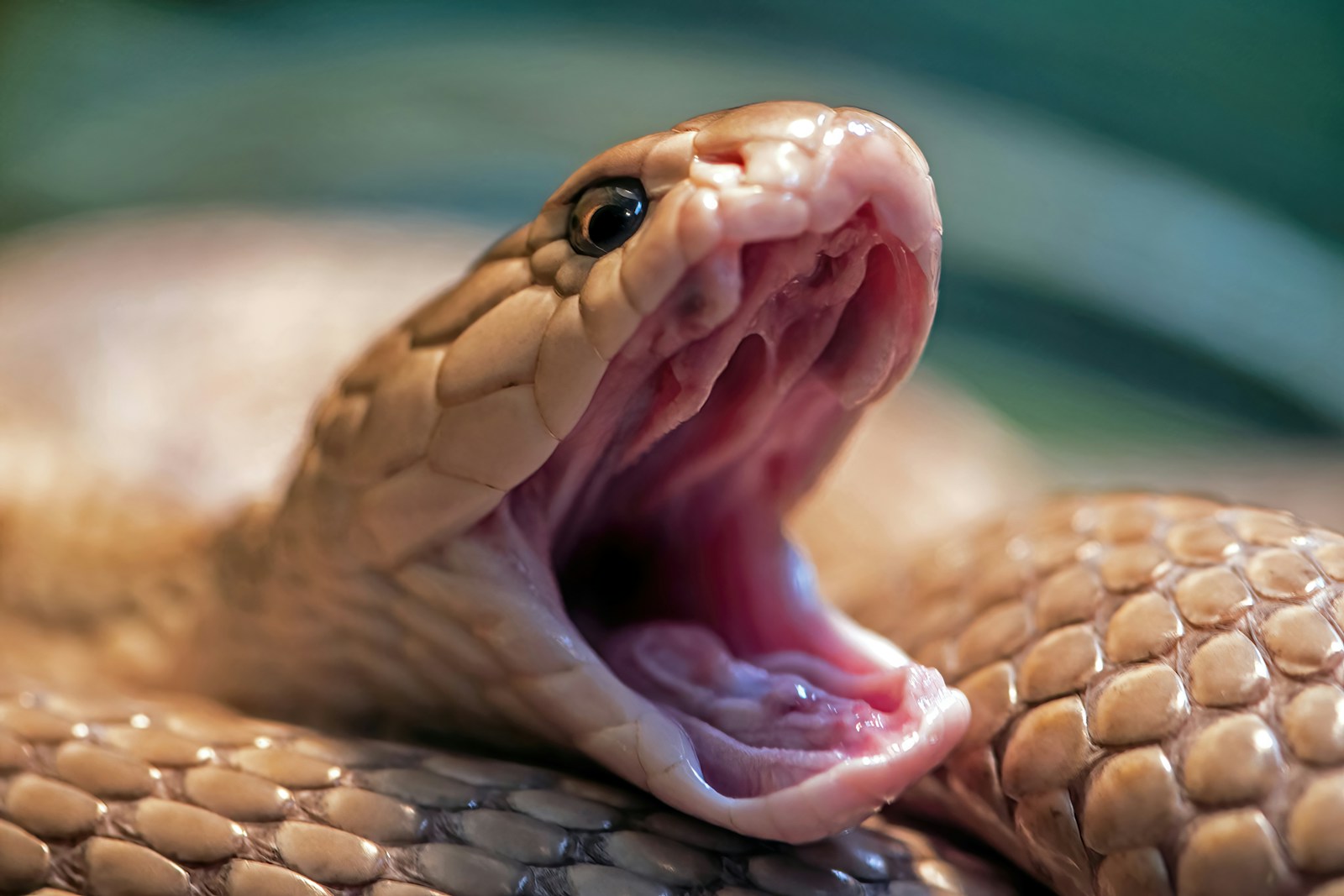
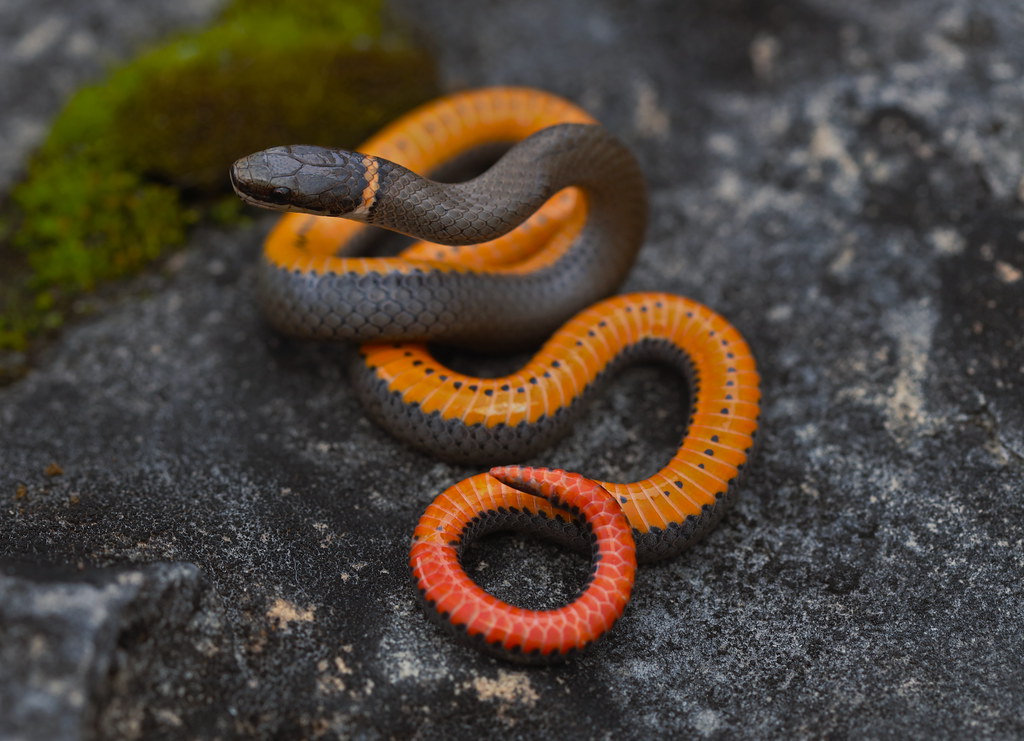
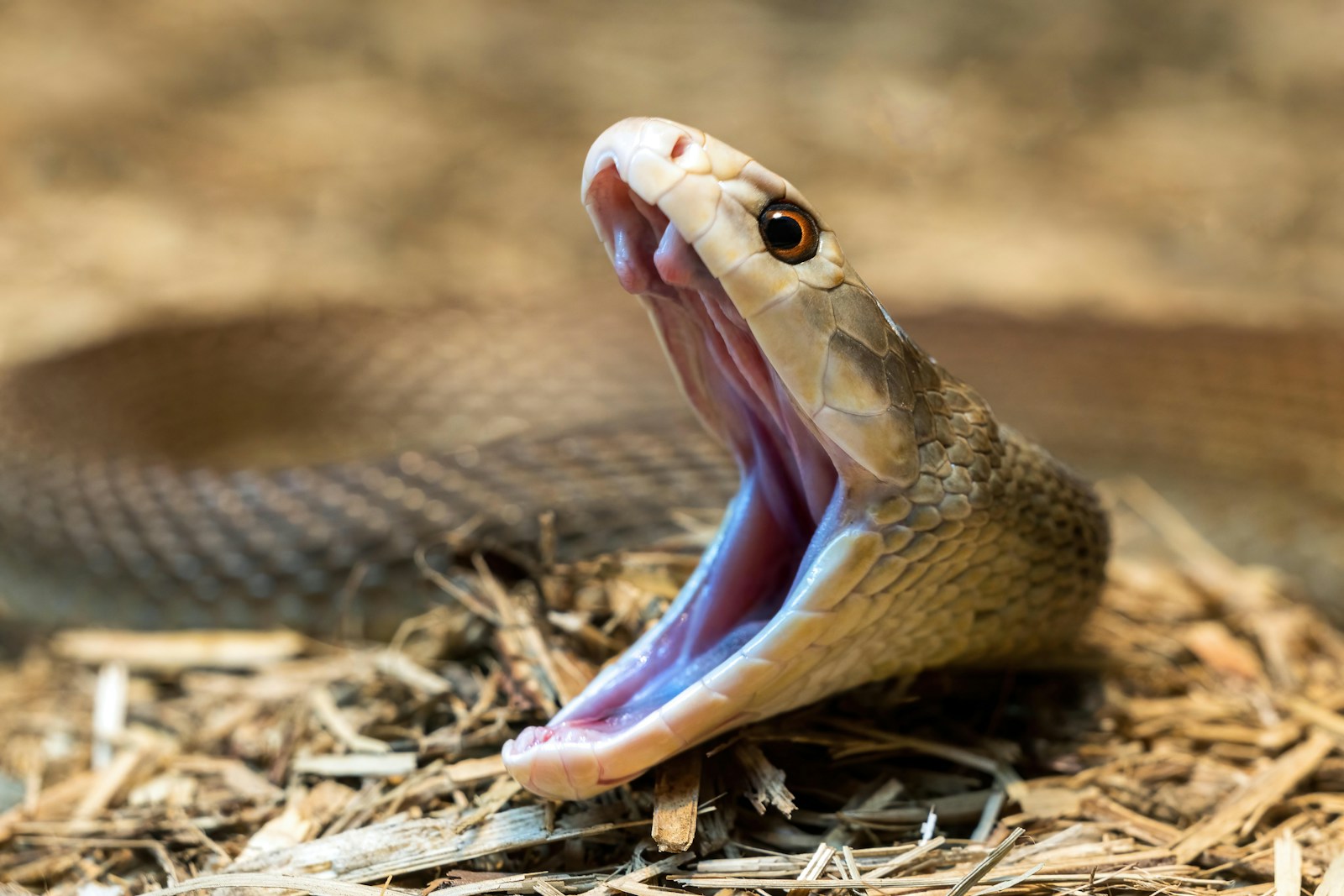
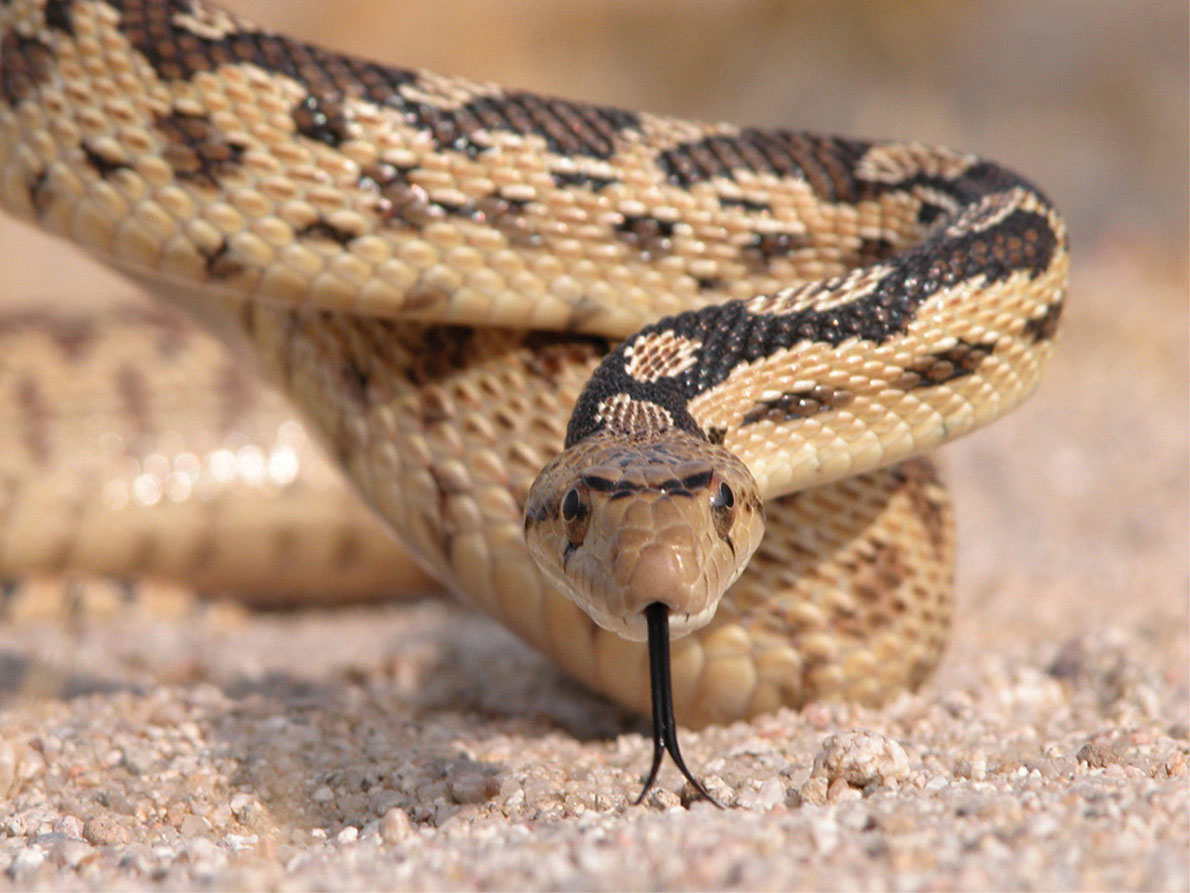
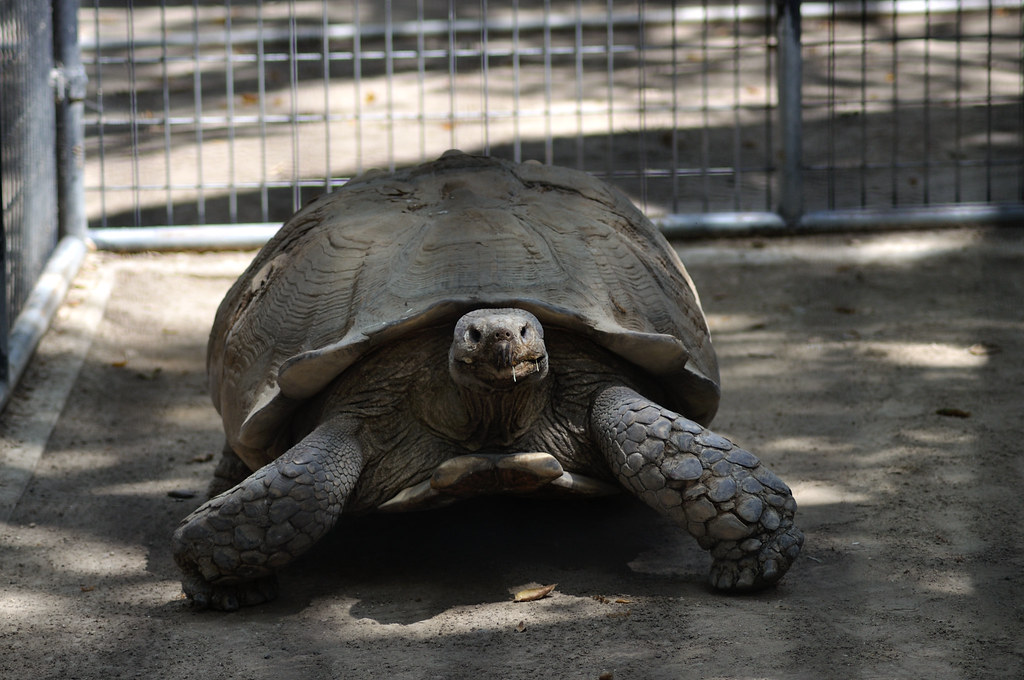
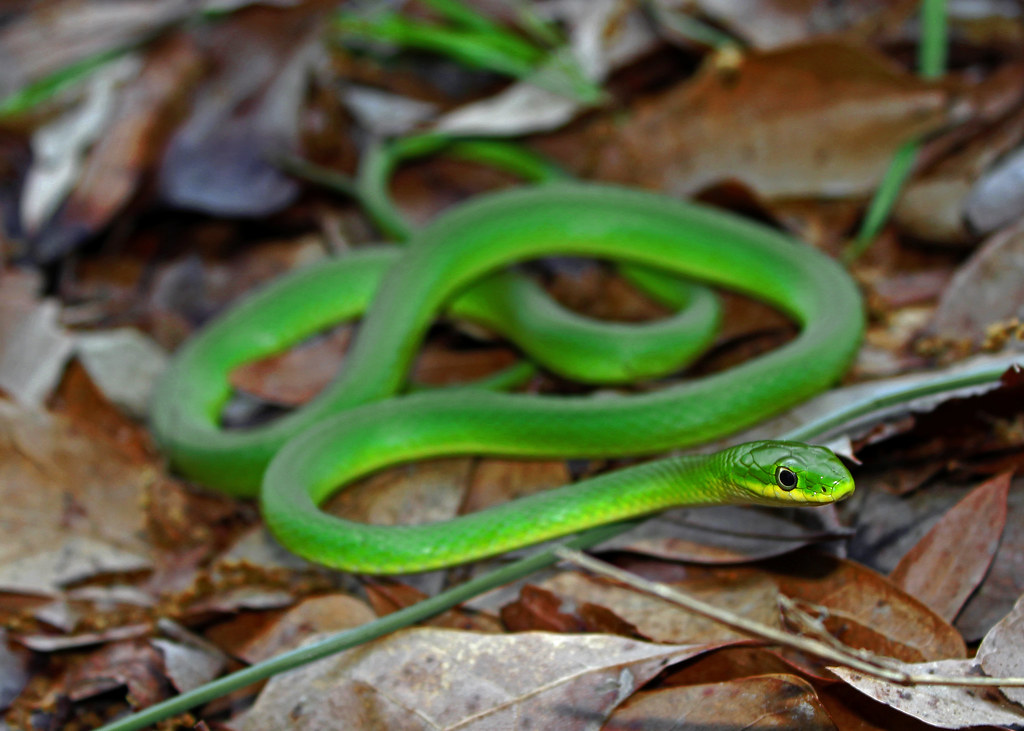
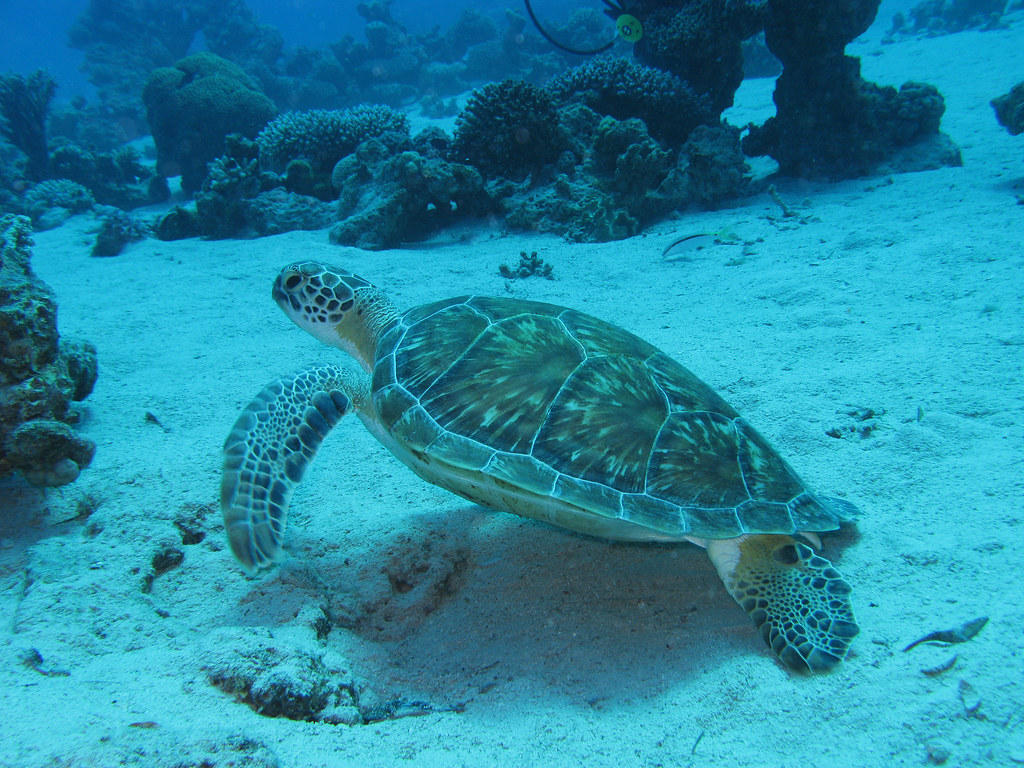
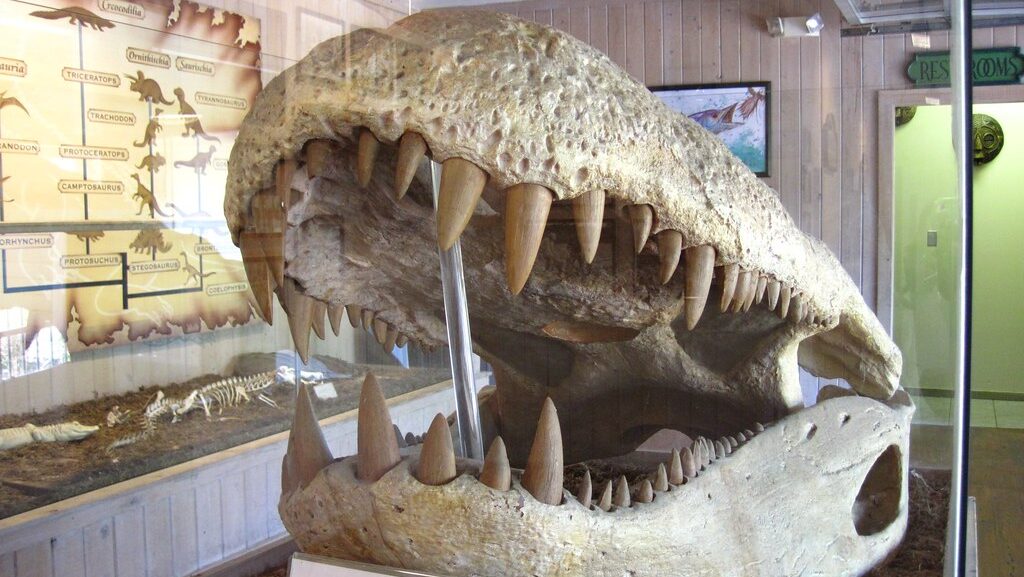
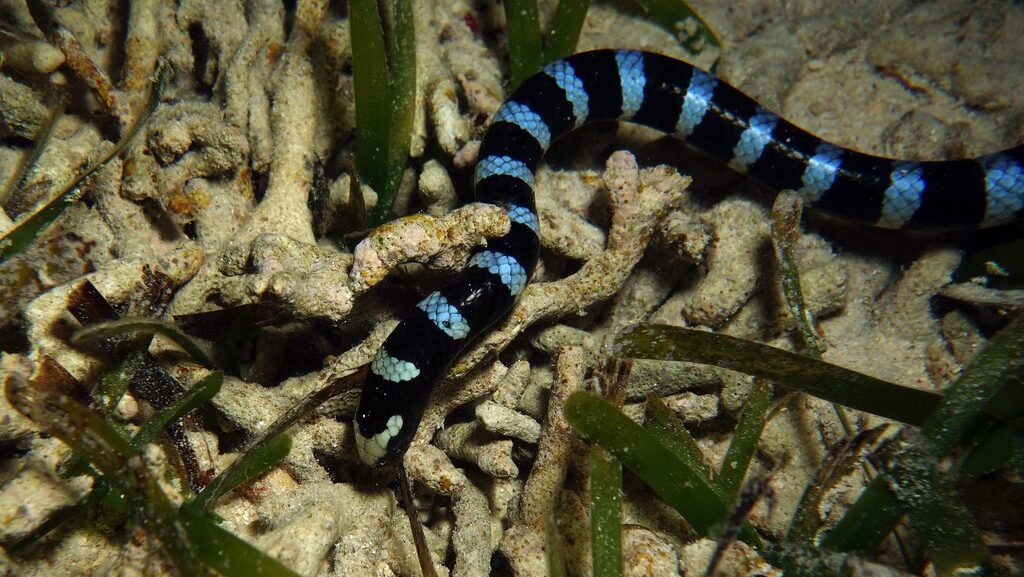



Leave a Reply